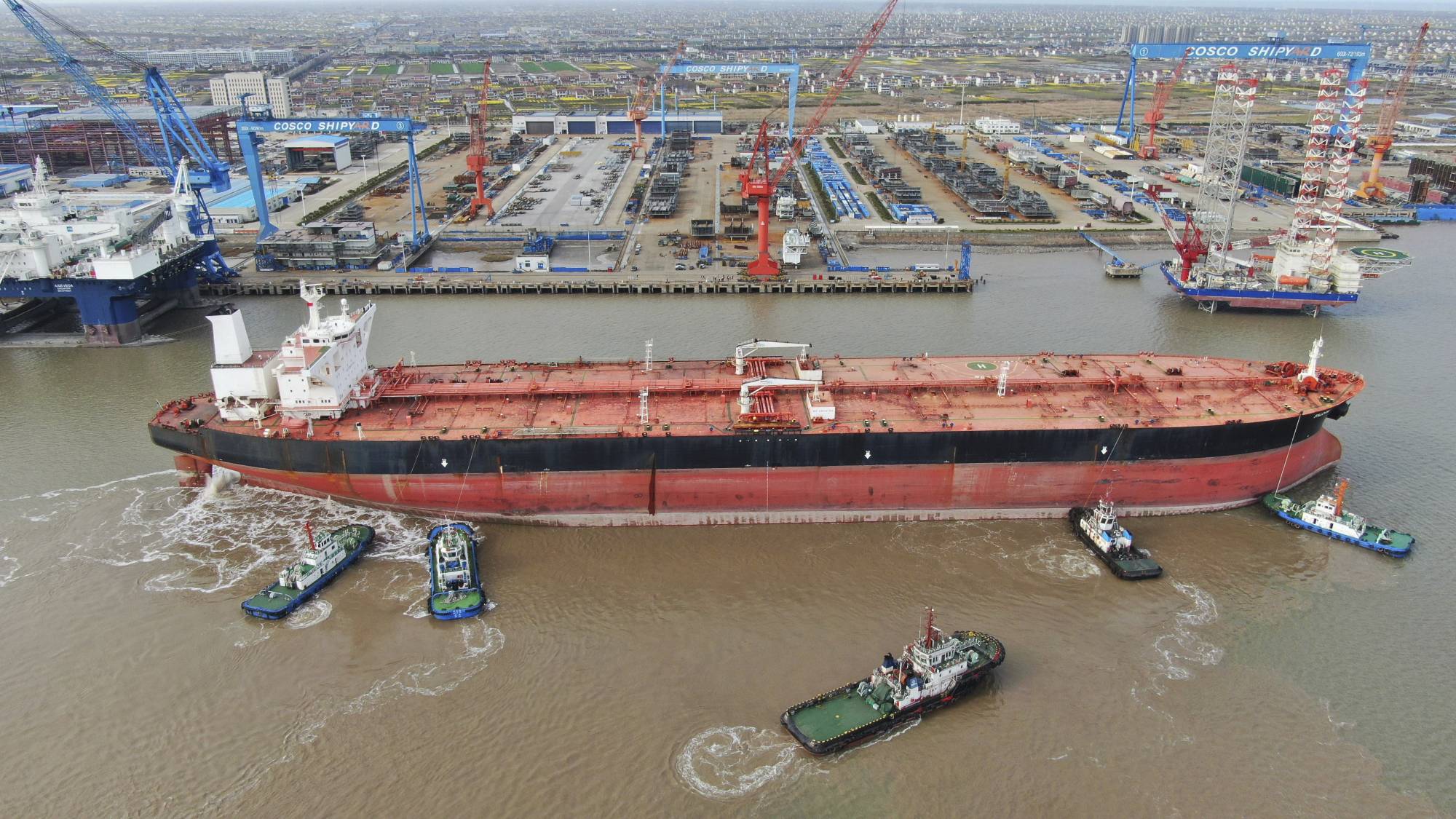While the global coronavirus pandemic continues to have significant macro-level political and economic impacts on the Asia-Pacific and the world more generally, it is also likely to affect key industries in profound ways. Among the most notable sectors to watch is the energy realm, where COVID-19 could reshape interactions between various actors across several levels in the region with ripple effects for geopolitics more generally.
Over the past few years, Asia’s energy future has been driven by a series of broader, long-term trends. These include the rise of major Asian economies that have powered energy demand, the diffusion of energy technologies, and the growing awareness by governments of the need to manage carbon emissions even as they pursue economic growth. Along the way, we have also seen a series of notable shifts that have affected these dynamics, including the recent shale boom in the United States and fluctuations in oil prices.
Viewed from this perspective, COVID-19 is just one among a series of developments that will shape Asia’s energy landscape. It is worth noting that COVID-19 is also interacting with several other trends and developments occurring simultaneously or concurrently, including the collapse in oil prices, rising U.S.-China tensions, growing stress on regional and international institutions, perceptions of democratic rollback, friction between some major energy producers, and a global financial recession, which the International Monetary Fund (IMF) predicts will be the worst since the Great Depression.


















With your current subscription plan you can comment on stories. However, before writing your first comment, please create a display name in the Profile section of your subscriber account page.